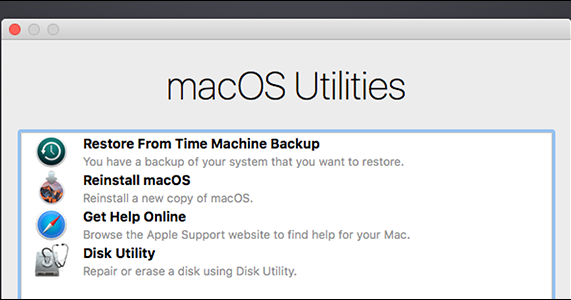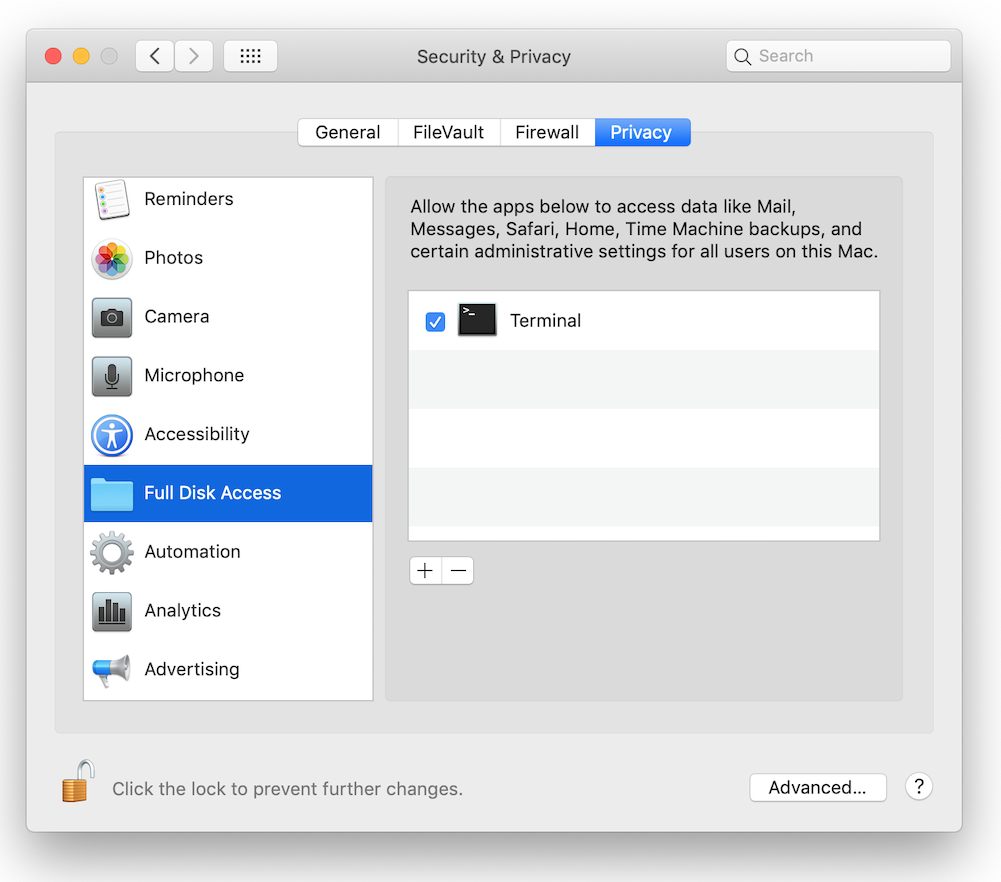
- #MAC OS HIGH SIERRA COULD NOT CREATE A PREBOOT VOLUME FOR APFS INSTALL PRO#
- #MAC OS HIGH SIERRA COULD NOT CREATE A PREBOOT VOLUME FOR APFS INSTALL FREE#
- #MAC OS HIGH SIERRA COULD NOT CREATE A PREBOOT VOLUME FOR APFS INSTALL WINDOWS#
See previous step Below that, /dev/disk3 is the APFS container, and /dev/disk3s1 is the APFS volume. If APFS is not available then the drive is in MBR and not GUID Partition Map. Set Scheme to GUID Partition Map Set Format to APFS NOTE: Make sure that Scheme is set to GUID Partition Map and not Master Boot Record (MBR). However, the APFS volumes inside the container can resize themselves as they need An APFS container, like a partition, is rigid in size it cannot automatically resize itself as it needs. When you format a partition as APFS, what happens is that the newly-formatted partition is transformed into an APFS container with a single APFS volume inside.

I tried with UnblockFsConnect set to false but nothing changed (see the new logs and EFI folder). Image credit: avaragado from Cambridge Transcend with GPT and APFS: 1 macOS 10.15.6 installation APFS, 1 recovery APFS, 1 empty APFS volume, 1 FAT32 partition from which I boot my daily configuration with ApfsDriverLoader. Images are pictures of the data on a volume, capturing the exact arrangement of bits on a drive. Containers are used in place of partition tables in the APFS filesystem. Disks are the physical manifestation of a drive. In short, disks contain volumes which contain data. System volume: This read-only volume contains all the operating system files that should never change during use of your computer hard drive - Should I create APFS volumes or a partition In addition, APFS volumes under Catalina can have 16 unique roles, including System and Data. A volume group can have multiple volumes that appear as a single volume to both the system and the user. Whereas partitions only have numbers, volumes have names. To sum things up, a partition is always created on a single physical disk while a volume can span multiple disks and have many partitions.
#MAC OS HIGH SIERRA COULD NOT CREATE A PREBOOT VOLUME FOR APFS INSTALL FREE#
When a single APFS container (partition) has multiple volumes, the container's free space is shared and can be allocated to any of the individual volumes as needed You still have some control over the size of your APFS volumes Apple File System (APFS) allocates disk space on demand.

#MAC OS HIGH SIERRA COULD NOT CREATE A PREBOOT VOLUME FOR APFS INSTALL WINDOWS#
However, it is mandatory when adding a Windows volume for Boot Camp, for example. Adding a new partition will take space away from the APFS container. Upgrading to APFS has limited benefits for computers with a hard disk drive Don't use the Partition button to add a new partition unless you want to add a new, non-APFS volume to your system. APFS is optimized for certain disk types, namely solid-state drives (SSDs). Unlike partitions, volumes can use free space from anywhere, which wasn't possible before APFS. So, you would need at least a total of three partitions on the drive A volume can span multiple physical discs or drives, but a partition is more restricted. In addition the first partition is usually a EFI type partition which contains a single volume of FAT32 type. HFS+ type partitions can hold a single volume which must by HFS+ type. In other words, APFS type partitions can hold multiple volumes, but each must be a APFS volume.
#MAC OS HIGH SIERRA COULD NOT CREATE A PREBOOT VOLUME FOR APFS INSTALL PRO#
Hello All : Am I unsure about the following and seek your assistance - On a MacBook Pro 2018 with internal SSD I am about to perform a Clean Instsllation for Mojave 10.14.1 under APFS. Volumes on APFS 2 Refer to this screen capture as the posg is read. For external NON-BOOTABLE volumes/partitions that are used for DATA STORAGE ONLY, continue to use HFS+. For external BOOTABLE volumes/partitions, use APFS -if- the source boot volume is using APFS. When macOS recognizes the file system, it can mount it (make. For example, HFS+, APFS, NTFS (Windows), or EXT4 (Linux). Run_Script May 16 '20 at 10:1 A Volume is a Partition that has been formatted with a specific file system. But if APFS is meant more for SSDs, I'll probably stick to partitions (which I have more experience with).

I just read that recommendation in the help guide and also heard that it was easier to change the size of an APFS volume than the size of a partition, so wondered if this was now the recommended method.


 0 kommentar(er)
0 kommentar(er)
